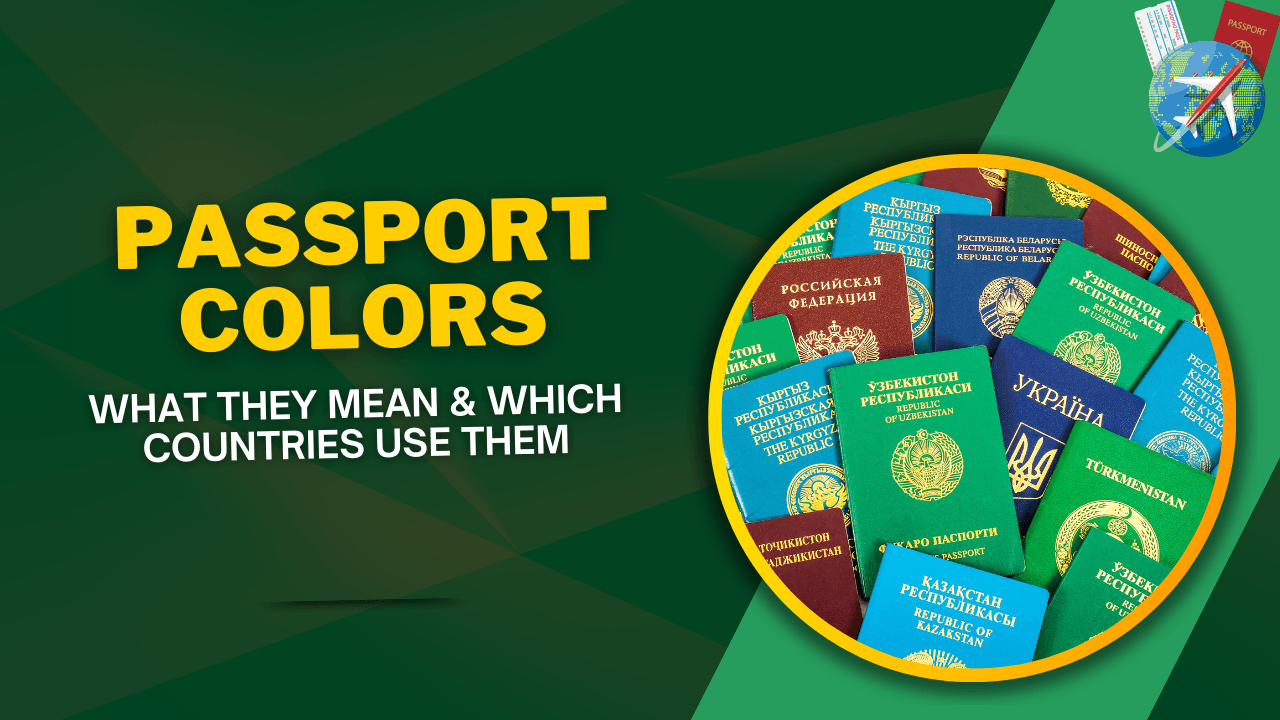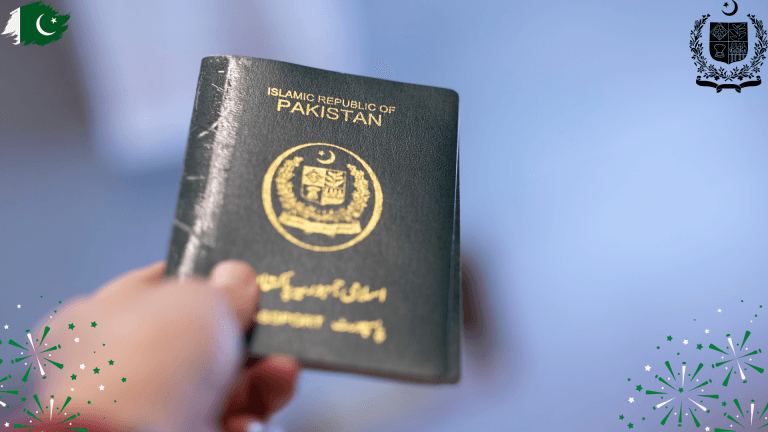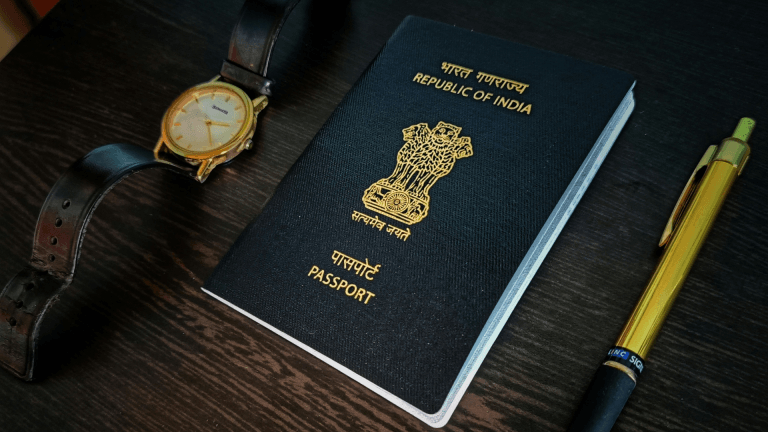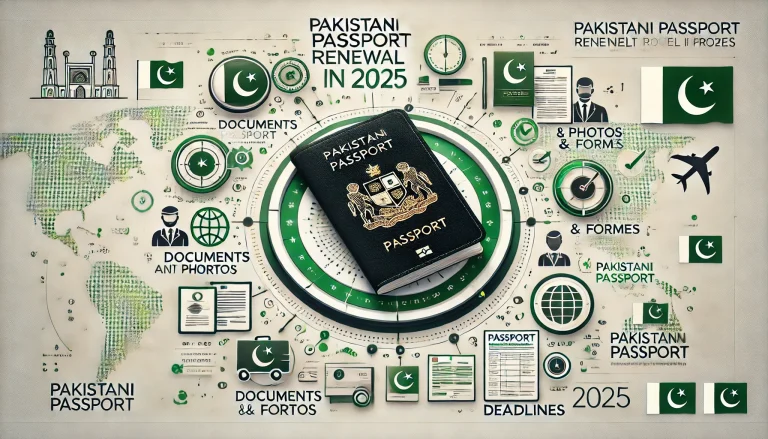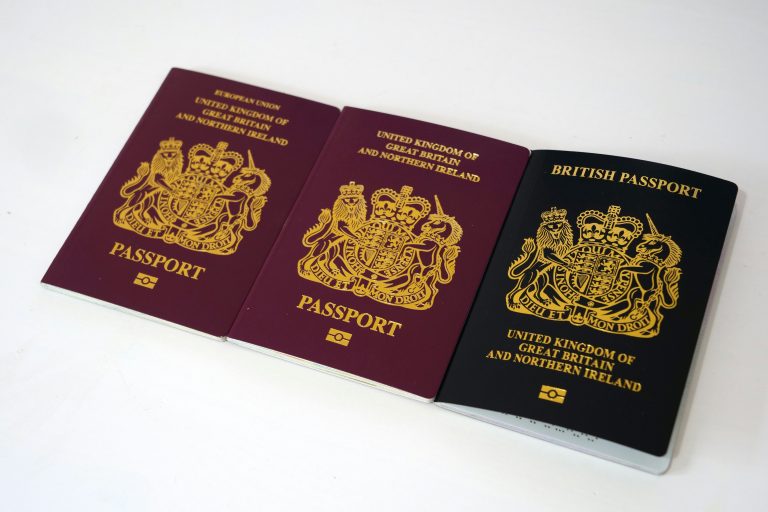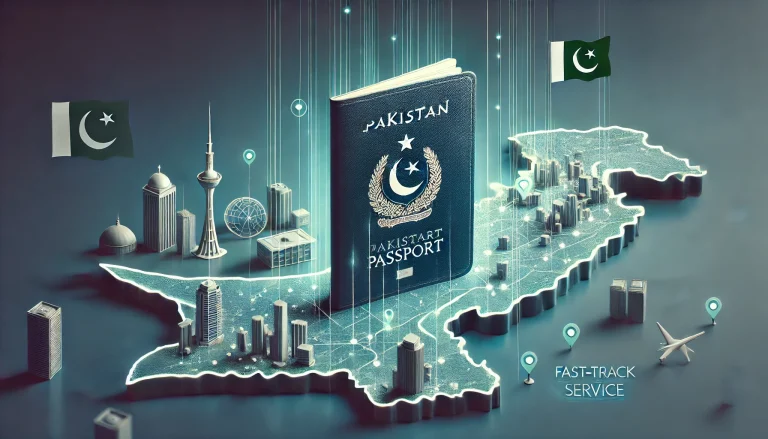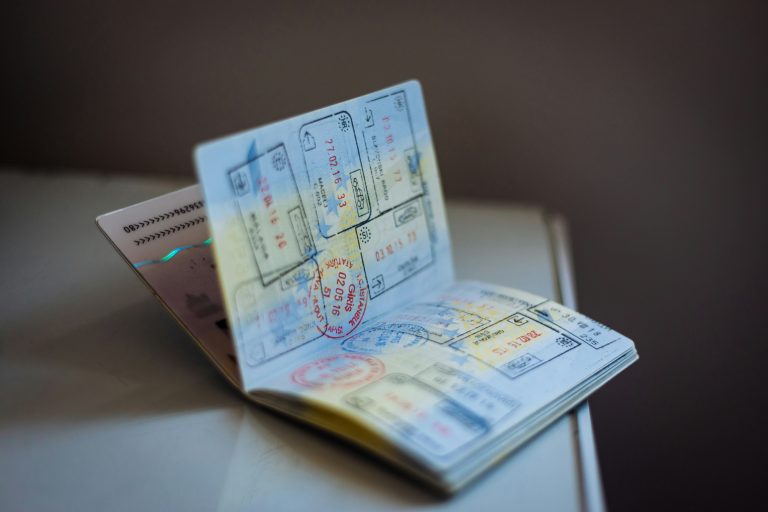Passport Colors: What They Mean & Which Countries Use Them
Ever stood in a long airport queue and noticed how passports aren’t all the same color? You’re not alone. I’ve seen green, blue, red, and even black passports—and always wondered, why so many colors? Turns out, there’s a story behind every shade.
But really, what’s the point? Passport colors aren’t just for looks. They tell a lot about a country and its people.
Why Are Passports Different Colors?
Countries pick passport colors for many reasons. Sometimes religion, or just looking official. There’s no global rulebook, but most passports are blue, red, green, or black. These colors are easy to spot and hide dirt well—handy when you’re traveling a lot!
I remember my first trip abroad. I saw a sea of colors at the immigration counter. My green Pakistani passport stood out next to a Japanese red one. The officer smiled and said, “Nice color!” That’s when I realized—colors matter.
Passport Colors Meaning
Let’s dig into what each color means. This isn’t just trivia; it’s about identity and belonging.
This table is just a taste. There are lots of exceptions and special cases, but you get the idea.
Passport Colors by Country
Not every country follows the same rules, but here’s a quick look at who uses what:
| Country/Region | Passport Color | Why? |
|---|---|---|
| USA, Canada, Brazil | Blue | “New World,” freedom, the ocean |
| EU (except Croatia) | Burgundy Red | Unity, history, official look |
| Pakistan, Saudi Arabia | Green | Religion, nature, regional identity |
| New Zealand, Angola | Black | Elegance, uniqueness, hides dirt |
Passport Color Ranking: Does Color Matter for Travel?
You might think, does a red passport get me through customs faster? Nope. The color doesn’t affect travel rights. But some colors are more common in powerful passports.
According to the 2025 rankings, the strongest passports (most visa-free access) are from Singapore, Japan, and European countries—many of which have red passports. But color isn’t the reason; it’s just a coincidence.
Still, it’s fun to guess. I once joked with a friend that my green passport should get me free tea in Saudi Arabia. Sadly, it didn’t work—but it made us laugh.
Red Passport: Which Country and What Does It Mean?
Red passports are everywhere. The EU loves burgundy, and so do countries with a communist past, like China and Russia. Turkey switched to red when it wanted to join the EU. Even some South American countries like Bolivia and Peru use red.
In Pakistan, a red passport is special. It’s only for diplomats and top officials—not for regular folks. If you see someone with a red Pakistani passport, they’re probably someone important.
Black Passport Meaning
Black is the rarest passport color. It’s used by countries like New Zealand (their national color), Angola, and Malawi. Black looks sleek and hides dirt, which is handy for frequent travelers.
I met a guy from New Zealand once. He showed me his black passport and said, “It’s like a little black book—but for travel.” I thought that was pretty cool.
Blue Passport Meaning
Blue is the color of the “New World.” The USA, Canada, and many South American countries use blue. It’s also common in the Caribbean. Blue can mean freedom, the ocean, or just a fresh start.
I’ve always liked the look of a blue passport. It feels open and inviting, like the sky. Maybe that’s why so many countries choose it.
Types of Passport in Pakistan
Pakistan has three main types of passports:
Each color tells you who the holder is. Green for everyday folks, blue for officials, and red for diplomats.
Passport Colours of Different Countries
Let’s look at a few more examples:
This variety makes travel more colorful—literally!
Why Passports Are Different Colors
Passport colors aren’t random. They’re about identity, history, and sometimes just looking good. Countries pick colors that mean something to them—whether it’s faith, freedom, or just a fresh start.
I’ve traveled a lot, and every time I see a new passport color, I learn something new about that country. It’s like a little window into their world.
Quick Facts About Passport Colors
- Most common color: Red (thanks to the EU and others)
- Rarest color: Black
- Green passports: Common in Muslim countries and some African nations
- Blue passports: Popular in the Americas and the Caribbean
FAQs
What does a red passport mean?
Red is common in the EU and some communist countries. In Pakistan, red is for diplomats only.
What does a black passport mean?
Black is rare and used by countries like New Zealand and Angola. It looks sleek and hides dirt well.
What does a blue passport mean?
Blue is popular in the Americas and the Caribbean. It often stands for freedom or the “New World.”
What does a green passport mean?
Green is common in Muslim countries and some African nations. It’s a symbol of faith and nature.
Are there other passport colors?
Most passports are blue, red, green, or black, but some countries use white or maroon for special cases.
Does passport color affect travel rights?
No, color doesn’t affect your travel rights. It’s just about identity and looks.
Conclusion
Passport colors are more than just a fashion statement. They tell a story about a country’s history, culture, and identity. Whether it’s green for faith, blue for freedom, red for unity, or black for uniqueness, every color has a meaning.

